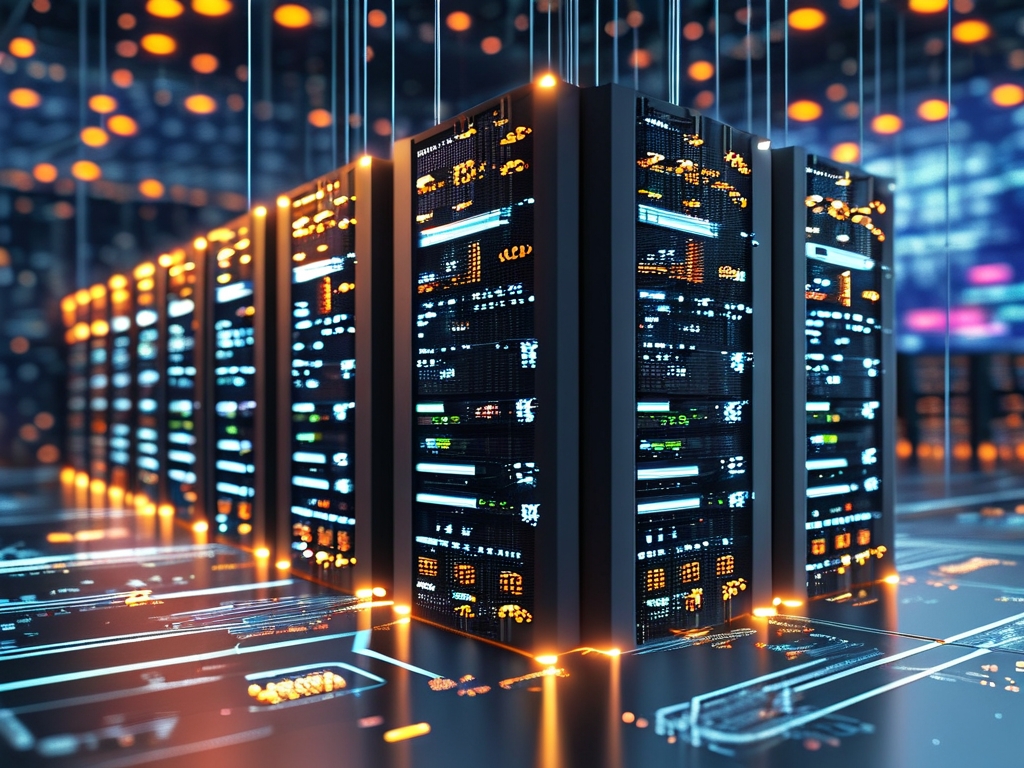In the rapidly evolving landscape of information technology, in-memory computing (IMC) has emerged as a transformative paradigm, redefining how organizations process and analyze data. Unlike traditional disk-based systems, IMC leverages high-speed random-access memory (RAM) to store and manage data, enabling real-time insights and decision-making. This article explores the defining characteristics of this technology and its implications for modern enterprises.

Speed and Latency Reduction
The most prominent feature of in-memory computing is its ability to eliminate mechanical delays inherent in hard disk drives. By keeping data directly in RAM, which operates at nanosecond speeds compared to millisecond-level disk access, IMC reduces query response times by orders of magnitude. Financial institutions, for instance, utilize this capability for algorithmic trading platforms where a 1-millisecond advantage can translate to millions in revenue.
Complex Event Processing
IMC excels at handling streaming data and concurrent operations. Telecom companies employ this technology to monitor network traffic patterns across billions of devices simultaneously, identifying anomalies in real time. This contrasts sharply with batch-processing models that create decision-making gaps. A practical implementation might involve:
# Pseudo-code for real-time fraud detection
def analyze_transaction(transaction):
if transaction.amount > user_avg * 10:
trigger_alert()
update_memory_model(user_spending_patterns)
Simplified Data Architecture
Traditional systems require complex ETL (Extract, Transform, Load) pipelines that introduce latency and potential error points. In-memory solutions maintain operational and analytical datasets within the same layer, as demonstrated by SAP HANA's unified engine that processes both transactional and analytical workloads without data duplication.
Energy Efficiency Considerations
While RAM consumes more power per gigabyte than disk storage, the overall energy profile of IMC systems often proves advantageous. Reduced infrastructure complexity and faster task completion lead to lower total energy expenditure. Data centers implementing IMC have reported 20-35% reductions in cooling requirements due to shortened server utilization periods.
Scalability Challenges
The volatility of memory-based storage introduces unique scaling considerations. Techniques like distributed in-memory grids and hybrid caching models address this limitation. Retail giants like Walmart use tiered architectures that combine SSDs with RAM to balance cost and performance during seasonal demand spikes.
Industry-Specific Implementations
Healthcare providers leverage IMC for genomic sequencing analysis, where comparing patient DNA against reference databases requires millisecond-level pattern matching. Manufacturing plants integrate sensor data from IoT devices with supply chain information to optimize production schedules dynamically.
Security Implications
The ephemeral nature of memory storage introduces new security paradigms. Financial regulators now mandate encryption standards for persistent memory modules, while aerospace companies implement hardware-level isolation for flight control systems using IMC.
As organizations increasingly prioritize real-time capabilities, in-memory computing continues to evolve through innovations like non-volatile RAM and computational storage devices. While not a universal replacement for traditional databases, its unique characteristics make it indispensable for use cases requiring instantaneous data processing and analysis. Enterprises must carefully evaluate their operational requirements against implementation costs to maximize the technology's strategic value.









